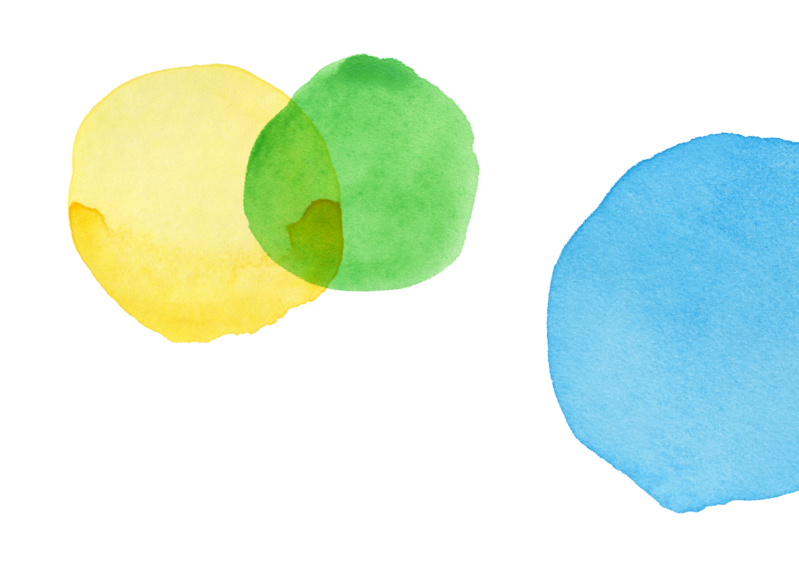Grade 8 - Claim 1 - Target A

 Back to Results
Back to ResultsMathematics
Target A
Know that there are numbers that are not rational, and approximate them by rational numbers.
Sample Item
Grade 8Test
Claim 1
Concepts and Procedures
Standards
NS-1
Know that numbers that are not rational are called irrational. Understand informally that every number has...
NS-2
Use rational approximations of irrational numbers to compare the size of irrational numbers, locate them approximately...
Clarifications
Tasks will ask students to approximate irrational numbers on a number line or as rational numbers with a certain degree of precision. This target may be combined with 8.EE Target B (e.g., by asking...
Range Achievement Level Descriptors
Evidence Required
1
The student classifies real numbers as rational or irrational.
2
The student converts repeating decimals to fractions.
3
The student writes approximations of irrational numbers as rational numbers.
4
The student compares the sizes of irrational numbers by using rational approximations of irrational numbers.
5
The student approximates the locations of irrational numbers on the number line by using rational approximations of irrational numbers.
Item Guidelines

Depth of Knowledge
M-DOK1
Recall includes the recall of information such as fact, definition, term, or a simple procedure, as well as performing a simple algorithm or applying a formula. That is, in mathematics a one-step, well-defined, and straight algorithmic procedure should be...
M-DOK2
Skill/Concept includes the engagement of some mental processing beyond a habitual response. A Level 2 assessment item requires students to make some decisions as to how to approach the problem or activity, whereas Level 1 requires students to demonstrate a...
Allowable Item Types
- Matching Tables
- Equation/Numeric
- Multiple Choice, single correct response
- Multi-Select, multiple correct response
- Graphing
- Drag and Drop
Allowable Stimulus Materials
rational numbers, irrational numbers, expressions involving irrational numbers, explanations of processes, number lines (showing tenths or hundredths), square roots, cube roots, pi, repeating bar, repeating and terminating decimals
Key/Construct Relevant Vocabulary
rational number, irrational number, repeating decimal, terminating decimal, square root, pi (π)
Allowable Tools
None
Target-Specific Attributes
Irrational numbers should be square roots, cube roots, or pi (π). Calculators are not allowed for this target.
Accessibility
Item writers should consider the following Language and Visual Element/Design guidelines [1] when developing items. Language Key Considerations: Use simple, clear, and easy-to-understand language needed to assess the construct or aid in the understanding of the...
Development Notes
An item measuring the “explain” part of this target and standard may be assessed in Claim 3.


Task Models
Task Model 1

Item Types
Matching TablesDepth of Knowledge
M-DOK1Standards
NS-1
Target Evidence Statement
The student classifies real numbers as rational or irrational.
Allowable Tools
None
Task Description
Prompt Features: The student classifies numbers as rational or irrational. Stimulus Guidelines: Item difficulty can be adjusted via these methods: Rational numbers are positive; irrational numbers are pi or $\sqrt{2}$. Rational numbers can be positive or negative;...
Stimulus
The student is presented with a table of four to five rational and irrational numbers.
Example 1
Example Stem: Determine for each number whether it is a rational or irrational number.
| Number | Rational | Irrational |
|---|---|---|
| -27 |
Rubric: (1 point) The student correctly classifies each number (e.g., irrational numbers are , all others are rational).

